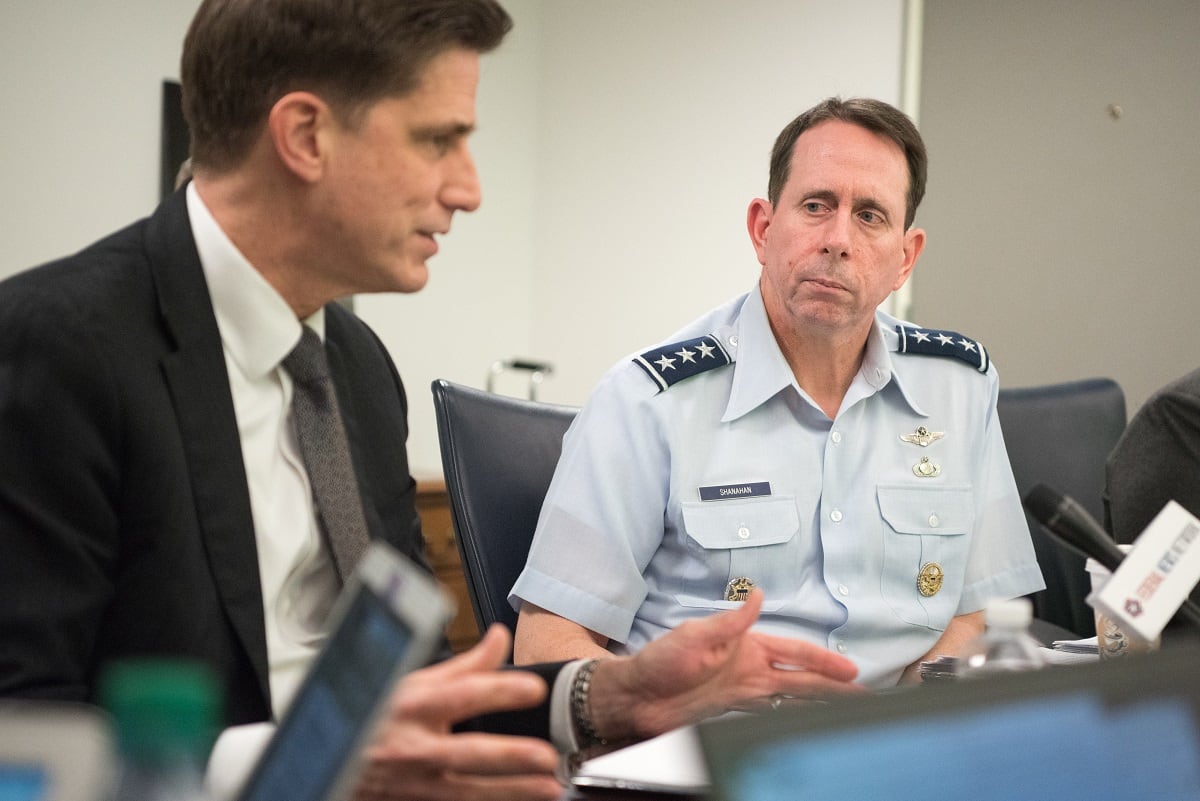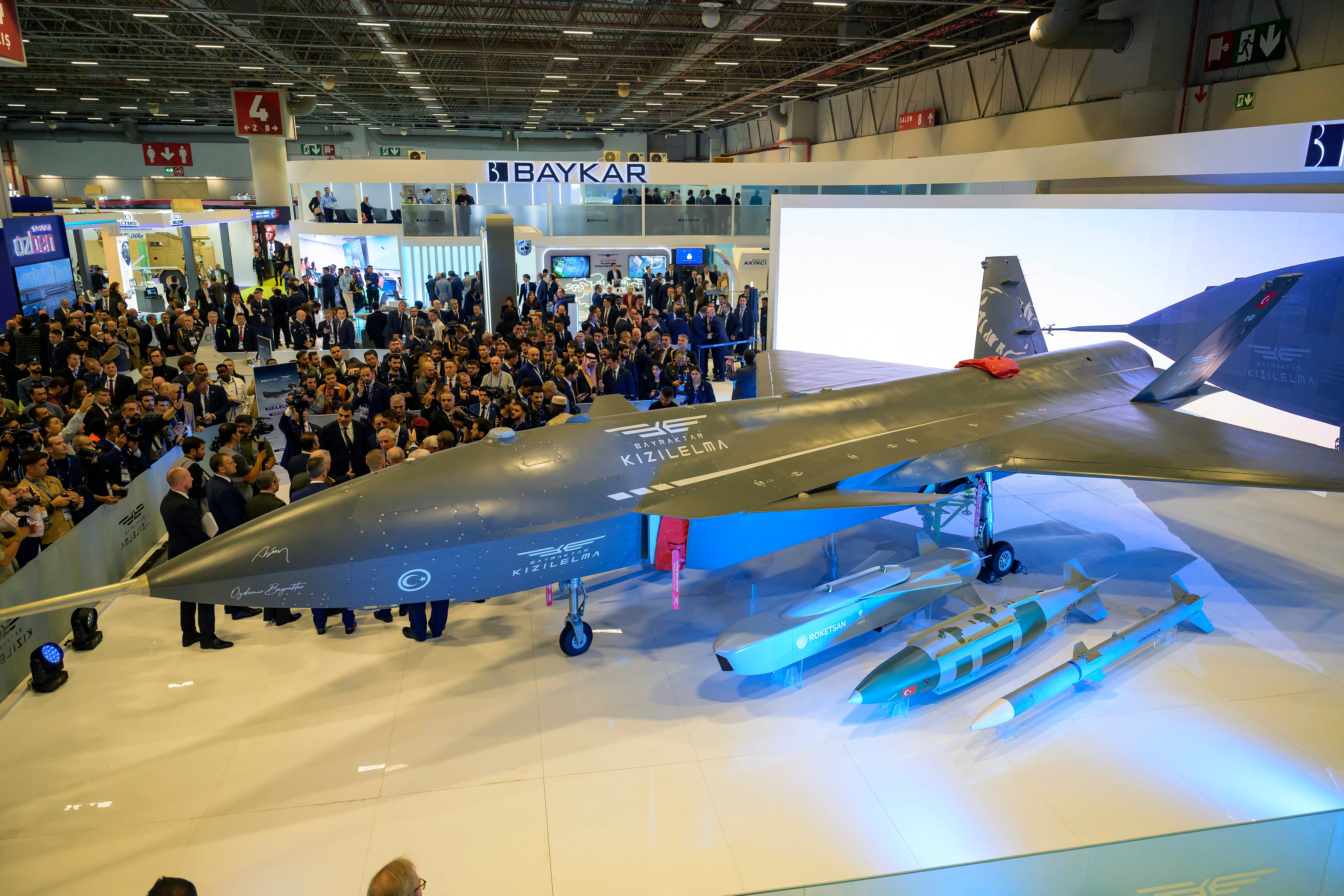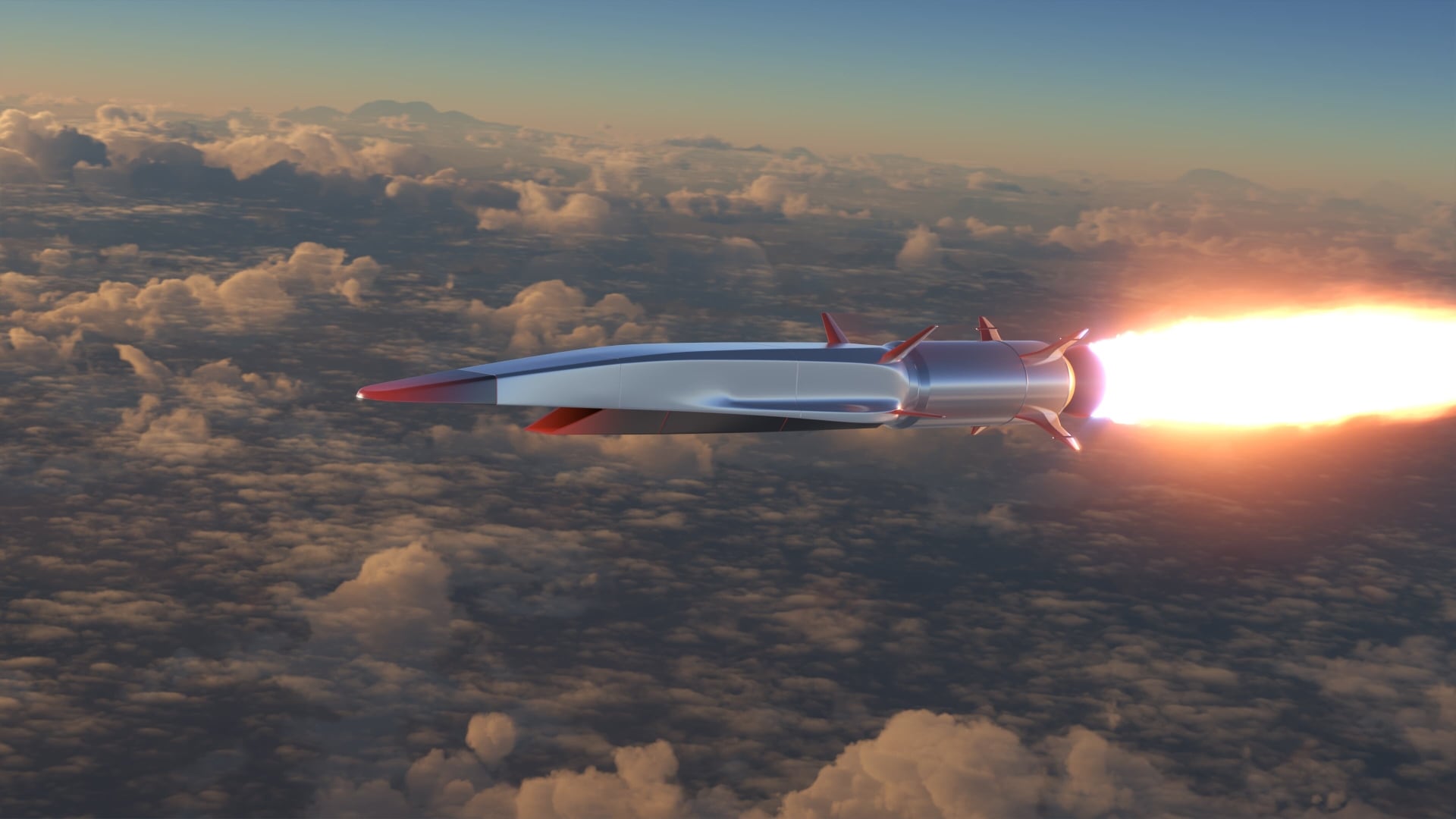The Department of Defense established an “Algorithmic Warfare Cross-Functional Team,” known as Project Maven, in 2017 to use artificial intelligence to process drone footage more efficiently.
In mid-2018, Pentagon leaders tapped Maven’s chief, Lt. Gen. Jack Shanahan, to head up the newly formed Joint Artificial Intelligence Center, or JAIC, with an eye toward applying Maven’s learnings across a broad range of AI applications.
A year into that effort, JAIC is seeing tangible results. The team has released algorithmic models in support of predictive maintenance and is deep into an effort that would use AI in support of humanitarian systems.
Shanahan spoke with C4ISRNET’s Adam Stone about the efforts to build a multiagency organization, about JAIC’s relationships with industry, and about his vision for the future of AI.
C4ISRNET: You’ve had to build a new joint-service organization from the ground up. Are you there yet?
LT. GEN. JACK SHANAHAN: I call it the “big bang” theory.
How do you create something from nothing? It’s not easy to do: recruiting, hiring, getting physical space, getting money, internal outreach, external outreach. We started with two people. Got a couple of part-time helpers from the CIO … but we did not get the first bodies beyond those initial cadre showing up until about October of last year.
I’m never going to be satisfied that we’re moving fast enough, just because I understand the pace and the urgency of doing this. When I go back and think — “Where were we a year ago?” — it is, in some ways, remarkable.
C4ISRNET: You’ve already been applying AI to predictive maintenance. How far have you gotten?
SHANAHAN: The 160th SOAR, the Special Operations Aviation Regimen, already had a plan underway to look at business intelligence and analytics for the entire H60 fleet.
With the H60, flying in the desert in the Middle East, you can get a condition where the sand basically melts into the engine and it could be catastrophic. So how could you predict what that failure mode is going to be? Just from that initial problem set, we have embarked on 12 different lines of effort. We’ve delivered the first model in March, and we will continue to refine that model and deliver additional products based on these other lines of effort.
C4ISRNET: Another top priority: AI for humanitarian relief.
SHANAHAN: This is what I would call a logical extension of Project Maven, because Maven has already done a lot of work in this area that we call “computer vision” [which uses AI to analyze visual data]. We then picked this up for domestic support to civil authorities.
We took as our initial lines of effort fire-line plotting, mapping, and then, eventually, prediction. These are coming from supported units who really need help in a given area. In this case, it came from last year’s natural disasters, the fires in California and the hurricanes on the East Coast.
We expect our first prototype, which is an AI-enabled model, to be delivered [in August]. We’ll do some evaluation of that and get to a model within a month or two after that. Fire line, flood, damage assessment, road obstruction: all happening over the next six months for delivery.
C4ISRNET: Humanitarian work and the predictive maintenance grow out of projects already underway. Are you looking mainly to leverage existing work, or will JAIC push out new initiatives?
SHANAHAN: It’s a little bit of both. There will likely be some service that has got an initial prototype or pilot that’s out there. That may be coming from DARPA looking for a transition partner, or DIU has found something that they’re looking to go from prototype into production. There are going to be use cases over the next couple of years where it will be us engaging a service, or a component, or a combatant command, based on their initial ask. The user engagement is always going to be the critical first step.
C4ISRNET: You’re looking for the components to come to you?
SHANAHAN: In some of our initiatives, the JAIC is playing more of a leading role, but more and more it is what we call component services, combatant command, beginning to embark on their own projects. We’re there to help them to on the funding side; we’re here to give them access to the tools they need. This can’t be the JAIC and everybody else. It’s the JAIC with everybody else.
C4ISRNET: How do you envision industry’s role in all of this?
SHANAHAN: We’re taking the commercial-first approach. There will always be some parts of the department that are DoD unique, but as a starting point, because of the speed of development in commercial industry, because we know what they can bring to any problem, we start with commercial in almost every case, then figure out how to repurpose it to military requirements.
C4ISRNET: In talking to industry, have you seen any commercial off-the-shelf products in the AI space that the Department of Defense should put in place in the short term?
SHANAHAN: Without question there are some of those. Computer vision, right? Computer vision is well-established in commercial industry. However, I have not seen in any case yet [where] you just take a commercial capability and immediately apply it to a military problem. First of all, the data set ... you’ve got to train it against the different kind of datasets. With Maven, we had to get real, full-motion video from the Middle East, tens of thousands of hours of it, curate it, label it, train against it. So those computer-vision algorithms that Ph.D.s from Stanford, MIT, as well as the start-up companies had developed then had to be repurposed for DoD uses.
There’s a tendency for people to say, “I have a solution to your problem.” You might have a narrow solution to a narrow slice of an overall problem, but what we’re interested in doing is understand how does it fit into DoD systems, DoD workflows. We don’t need bespoke solutions.
C4ISRNET: How do you see AI specifically impacting the C4ISR space?
SHANAHAN: It’s enormous. That’s what we spent two years on with Maven: You could call it accommodation of perception, natural language processing, recognition, object classification detecting and tracking. I don’t think there is any part of C4ISR that does not have the potential to be improved through AI-enabled capabilities.
I want JAIC to help the services and the combatant commands with the ops side: How do we do ops-intel fusion? How do we do AI-enabled mission command? How do we get faster at sensor-to-shooter? How do we do data link faster than we do it today? There is great promise and potential though the entire C4ISR enterprise.
C4ISRNET: Let’s talk about the “joint” nature of JAIC. How will you make your solutions applicable across all of defense?
SHANAHAN: The whole real reason for the JAIC to exist is to have a place that services, combatant commands and components have a reason to come to. They must have an incentive to come. So, I must build credibility and expertise. That’s going to be a long time coming. Nobody has got the market cornered on AI expertise. It’s rare to find. Most of it is in commercial industry and being paid a lot of money. We’re trying to attract them to the JAIC.
Then we are also building the JAIC Common Foundation. We want to democratize access to data, build APIs against that data. I want to create a place where people can get whatever they need, so they don’t have to start their own program.
If we get this right, this is the place where we want everybody to come in to and get access to an enterprise cloud-enabled environment where they can do everything from initial development to testing evaluation to scaling delivery across the DoD.
C4ISRNET: What are the biggest challenges facing JAIC?
SHANAHAN: I can rattle off the top four: data, talent management, culture and then, a little bit more complex, how to retool the Defense Department to be an AI-ready force.
What’s the quality of the data? What’s the ground truth of the data? Is the Army reporting their maintenance data the same as Special Operation Command? The algorithm is generally the easier piece. The hard part is wrangling that data, cleaning the data, labeling the data.
As for being an AI-ready force, we learned through Maven that you can’t take cutting-edge technology and bolt it onto legacy systems and workflows. It really does require a redesign of how we develop our weapon systems and how we do our workflows.
C4ISRNET: What’s next on the to-do list for JAIC?
SHANAHAN: We just started on cyber. We’ve got three lines of effort, but we expect to expand that very quickly based on requirements from Cyber Command and others.
Then there is this thing that we’re calling “predictive health,” which may offer some of the closer-term returns on investment because there is so much going on in commercial industry and the healthcare business, whether it’s recognizing cancer through medical imagery [or using AI for] suicide prevention.
Maneuvers and fires refers: that’s ops-intel fusion, figuring out how to do sensor-to-shooter quicker.
And one that doesn’t get a lot of attention, but I think will be one that provides return on investment faster than some of the others, is what we call “smart automation.” How do we automate a lot of back-office functions to help people get through enormous amounts of data much faster?
Then we’re going to look at what other big projects we can take on. Special Operations Command is interested in using AI-enabled capabilities for MISO, Military Information Support Operations, or influence operations.
Our biggest challenge over the next year is learning when to say no. We are only so big.








